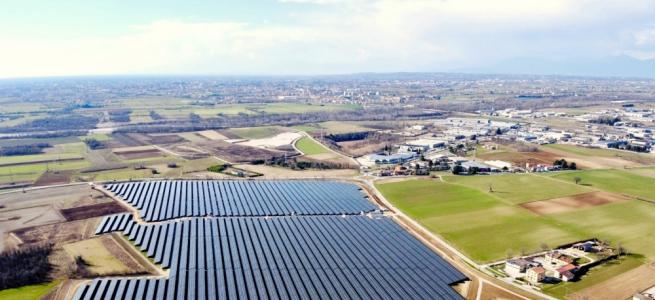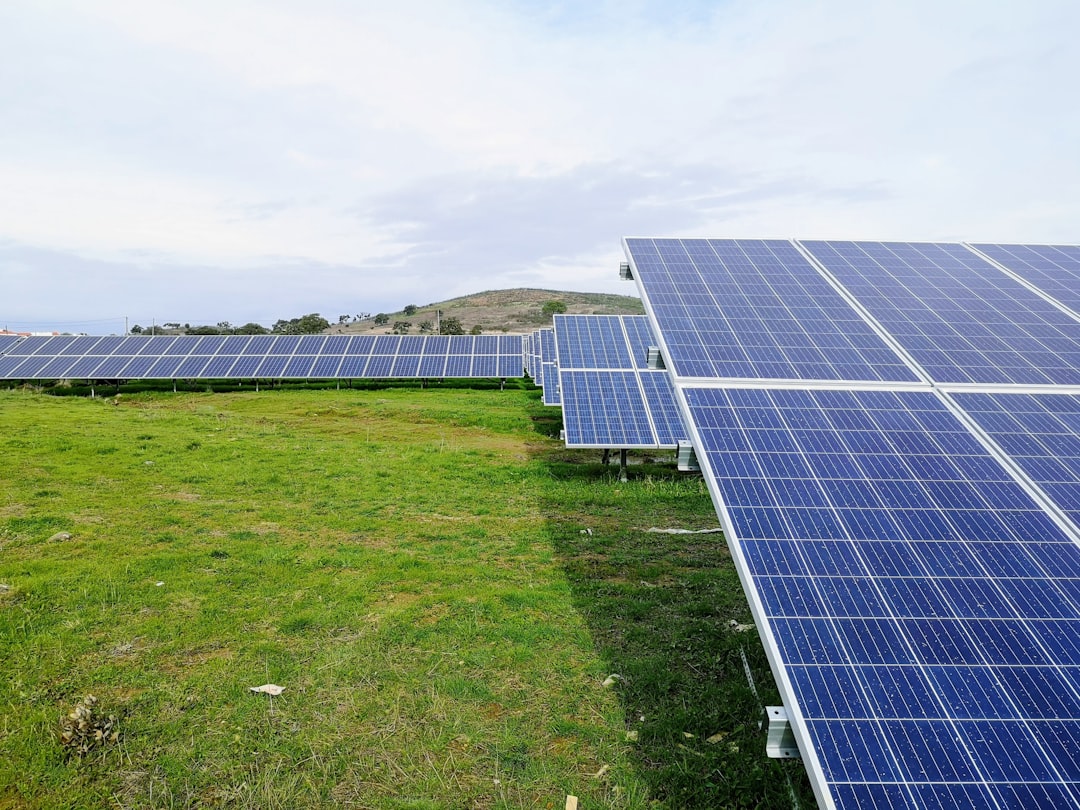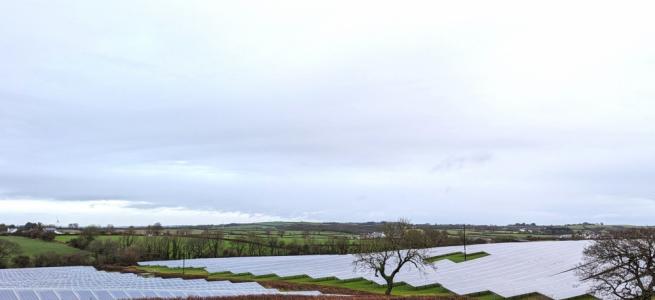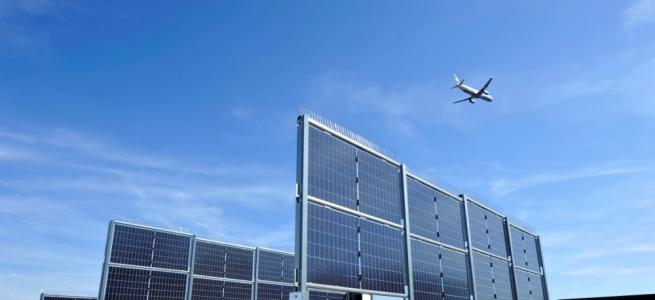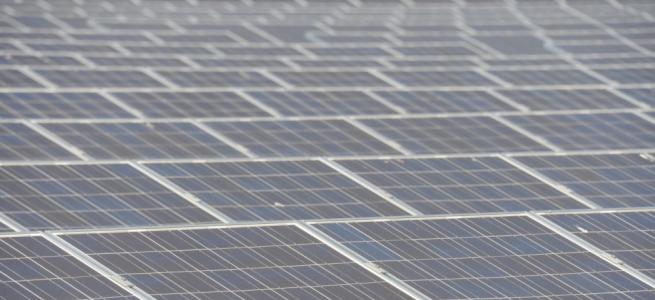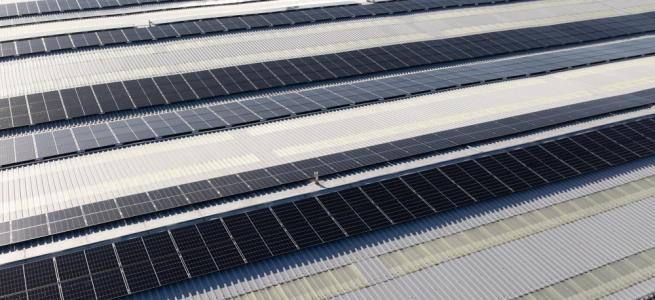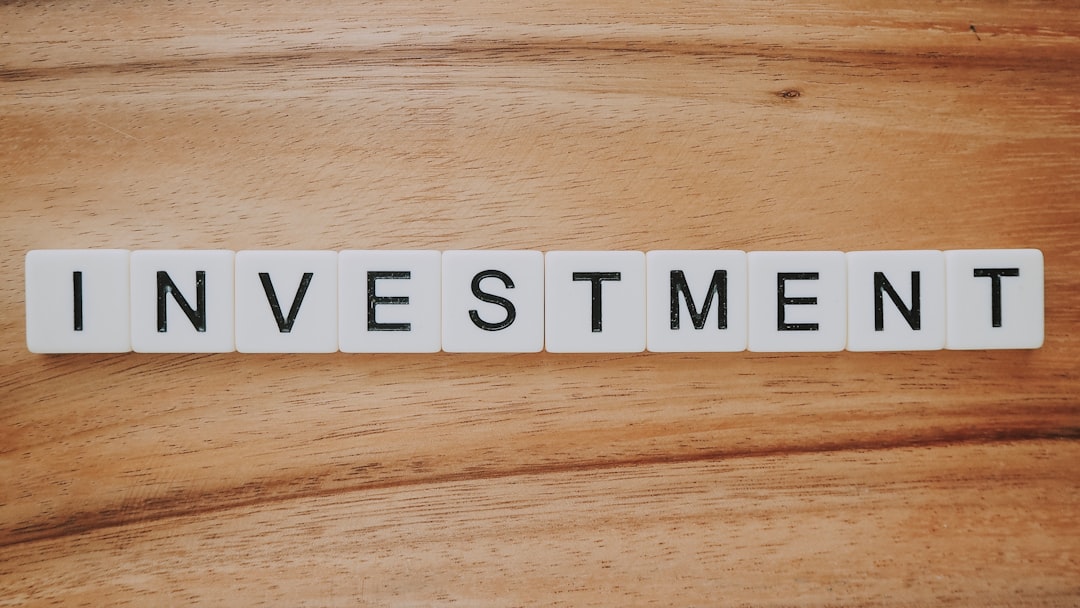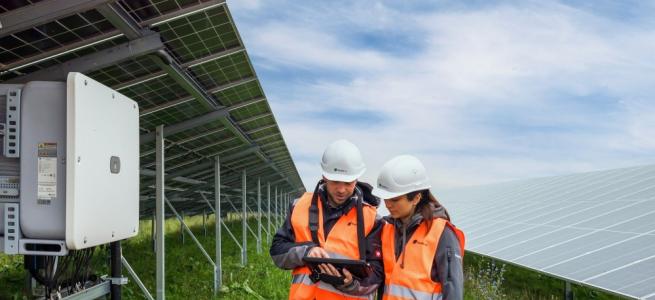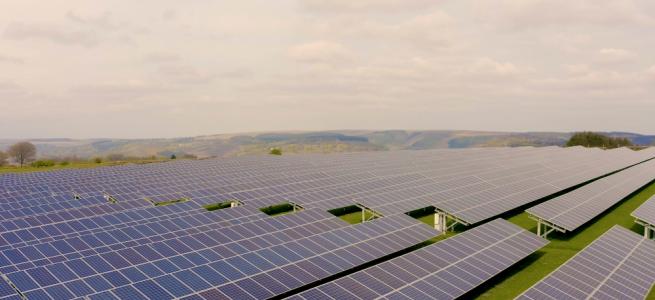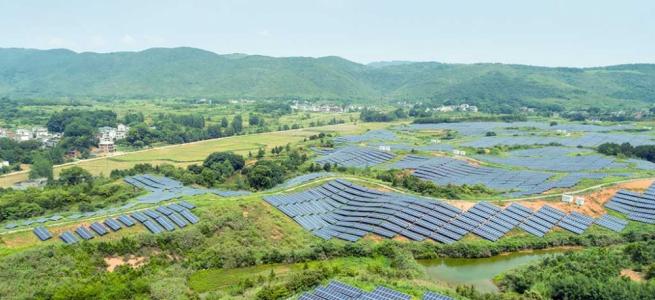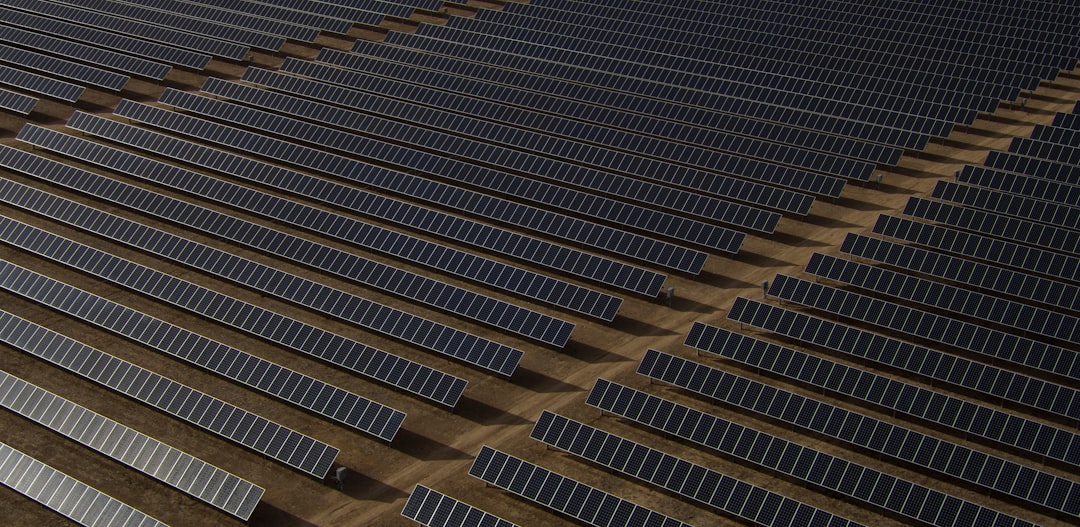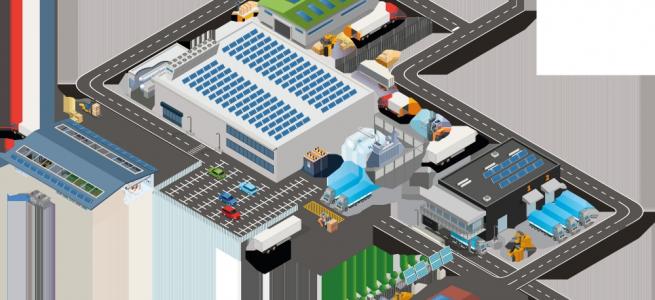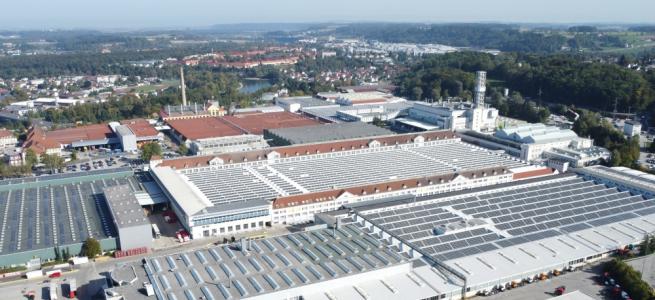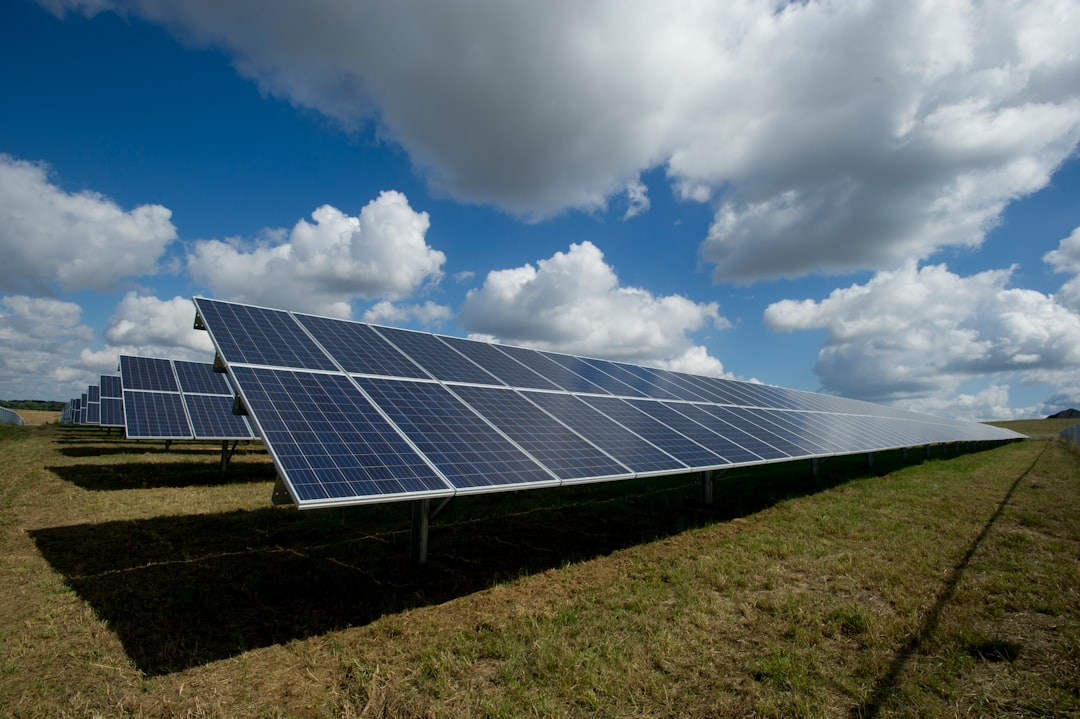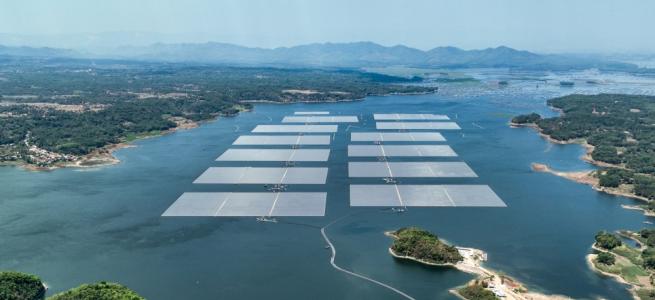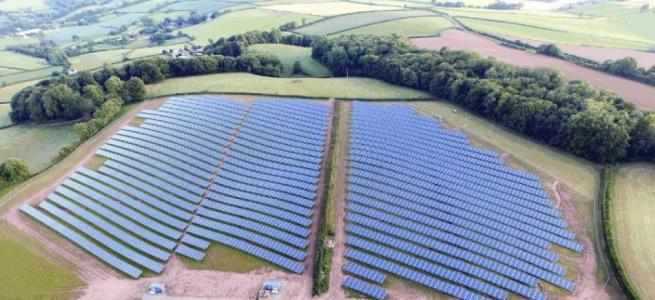News Article
Trading dilemma

By David Ridsdale Editor in Chief Solar International
The next year or two is likely to be defined by international trade courts as a number of regions battle it out in an effort to try and point a finger of blame for the current global oversupply of solar and PV products. Analysts are suggesting that the 2012 market fell 15GW shy of even providing a balance to the glut and as the worldwide output was just shy of 30GW that is a huge mountain of material to get through. The hope is 2013 provides some ballast to the global ship with new markets and a slow down of output but the casualties will be numerous before any such balance is reached.
The jury is still out on how such a lop sided situation arose and everyone has their favourite targets. The truth is there are numerous reasons and even if a larger number of players emerged from some markets there has been a global gold rush mentality to the industry. Much of which is the industry's own fault with an over hyping of the market potential amid suggestions that energy usage overall was the metric for which to measure potential.
Solar still only accounts for a tiny fraction of energy usage and found itself caught up in a romantic hope fuelled by futurists and governments alike trying to develop energy autonomy in an increasingly hostile world. Much of the rhetoric and fear drove market desire and every government in the world began providing "˜ideal conditions' for a local industry. Companies that were already established could not keep up with the demand and the dream was for growth similar to the early days of semiconductors and double digit growth for many years. This impacted at every level and the sheer number of companies wanting to enter the industry was mind boggling.
With governments fearful of energy resources and the sudden rush forcing material prices through the roof, the industry as a whole decided that the sky was the limit Companies worked out their future plans based on financing they expected from government subsidies and initially the cash rolled in and a party of hope began. In truth it was the level of success and hope that sowed the seed of destruction but also some very bad assumptions on emerging markets.
The area that was most underestimated was China and much of the hype was based on the idea that there would be a shortage of raw materials with a market demanding more than could be manufactured. It turned out that those assumptions were based on outmoded and frankly poor misconceptions of emerging markets. Something that the established capital markets have done time and again. They did it with Singapore. They did it with Japan. They did it with Taiwan. And once again those with the control forgot the golden rule. He who has the gold makes the rules.
And China proved how much gold they had and began to create a solar manufacturing base that would meet all the expected short falls. Except every other region attempted the same thing so in the end the global market place had too many players and not enough market and only ended up giving itself a bad name. Much to the delight of the traditional energy suppliers who initially worried at the competition. They are now sitting back and mopping up the pieces.
One thing has slipped many of the players by and that is the continual growth of the solar and PV industry. There may be a shake out occurring but the industry is doing what it always appeared it was going to do and that is grow to become a true energy alternative but now we wait to see who will own and control the final pieces.


